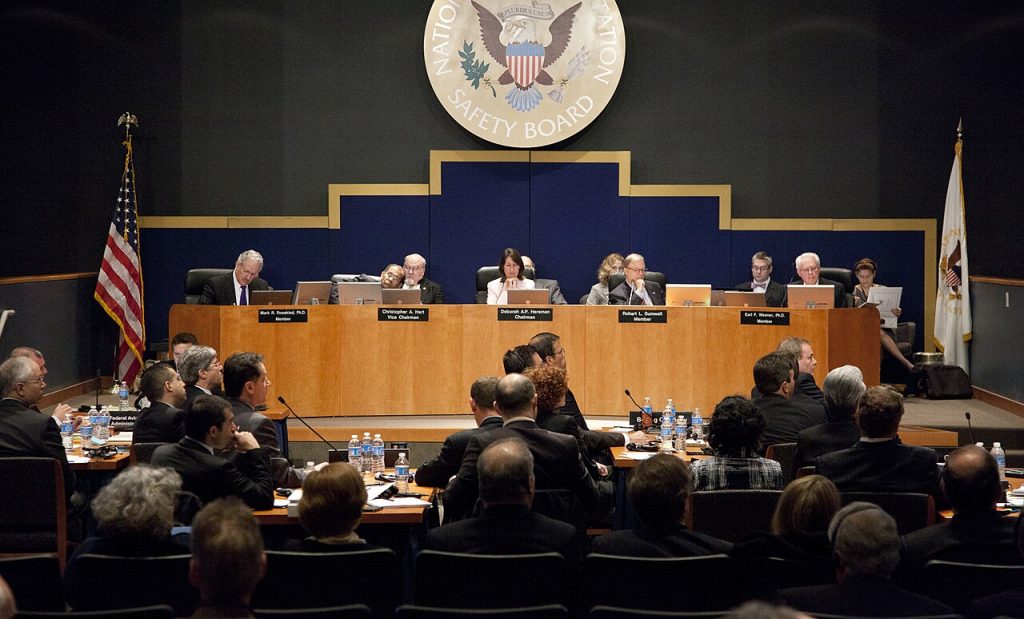
That sequence began in seconds: a routine takeoff roll, a smooth rotation, then catastrophic separation of the left engine and pylon from a 34-year-old McDonnell Douglas MD-11F. The preliminary report from NTSB now confirms what investigators suspected early: the critical mount hardware holding the engine to the wing showed both fatigue cracks and overstress failure-a structural compromise that triggered the deadliest crash in UPS history.

1. Engine Mount Lug Failure
A metallurgical examination by the NTSB revealed fractures of the left pylon aft mount lug and a circumferential break of the outer race of the spherical bearing. This pattern of damage is consistent with progressive fatigue followed by sudden overload-the cracking in these lugs, precision-machined fittings designed to transfer thrust loads from the engine through the pylon into the wing structure, occurred at the 2 o’clock and 9 o’clock positions. The failure of the lugs severed the mechanical link between the powerplant and the airframe, allowing the engine to detach in flight.
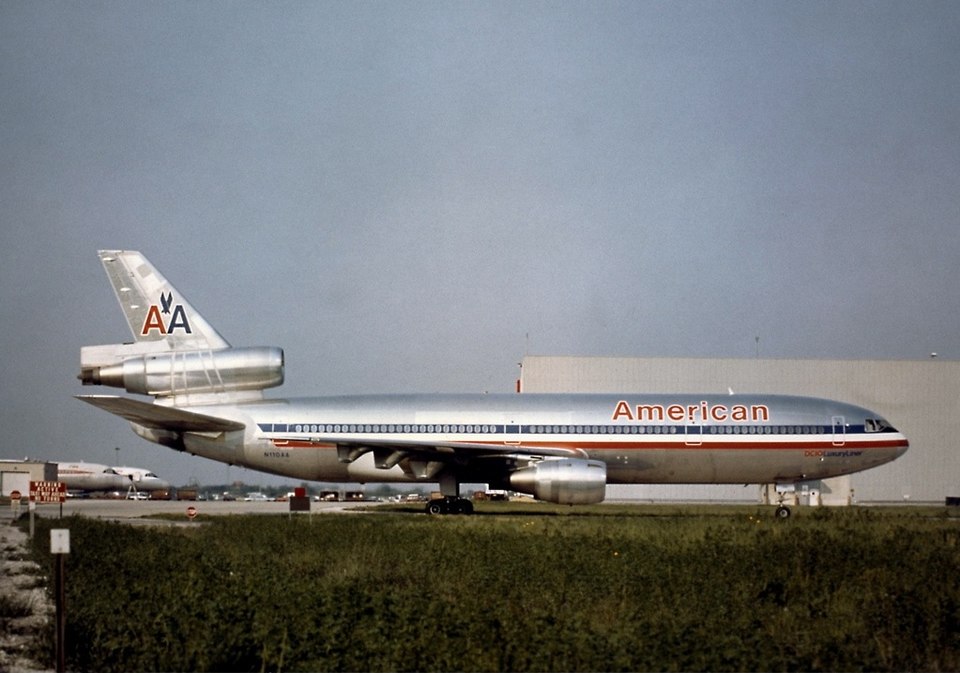
2. Historical Precedent: DC-10 Flight 191
The accident in Louisville has direct relevance to the 1979 American Airlines Flight 191 crash. In that case, a DC-10 took off from Chicago O’Hare and lost its left engine and pylon. Improper maintenance used a forklift to remove the combined engine-pylon assembly, damaging structural fittings and thus introducing a weak point that failed under load. The separation caused hydraulic system pressure loss, which retracted leading-edge devices and induced an uncontrollable roll. The MD-11 had been engineered with hydraulic fuses to stop just this sort of cascading failure, but the core structural vulnerability with respect to the pylon attachment is the same.

3. Maintenance and Inspection Cycles
The last detailed visual inspection of the UPS aircraft’s left pylon aft mount occurred in October 2021. The next inspection is due after an additional 7,000 flight cycles. At the time of the accident the airframe had 92,992 flight hours with 21,043 cycles accumulated. Some special detailed inspections were not yet due. Six weeks prior to the accident a heavy maintenance check occurred in San Antonio. Investigators are reviewing the records for that check to determine if the pylon was removed or reinstalled and if procedures followed the manufacturer’s specifications.

4. Non-Destructive Testing for Fatigue Detection
Advanced NDT techniques would be required to detect subsurface, early-stage fatigue cracks in the engine mount hardware. Eddy current inspection might reveal subsurface flaws in metallic lugs, while phased-array ultrasonic systems would map crack propagation in complex geometries. Magnetic particle inspection remains a viable means for detecting surface-breaking defects in ferrous alloys. At least in principle, these techniques, if applied at shorter intervals, would detect damage well before critical length is reached; expert technicians and precise calibration, however, are needed to avoid false negatives.

5. Crash Dynamics and Fuel Hazards
Security cameras captured the left engine breaking free and falling to the runway as the plane climbed out. It is probable that the MD-11’s wing tanks, which are situated immediately adjacent to the pylon attachment area, structurally ruptured, releasing jet fuel which ignited in a matter of seconds. The aircraft climbed to only 30 ft altitude before rolling left and impacting an industrial zone, producing a half-mile debris field and a fireball visible for miles. Aviation experts noted that an outboard engine loss on a tri-jet at low altitude results in asymmetric thrust and serious aerodynamic imbalance, offering little opportunity for recovery.
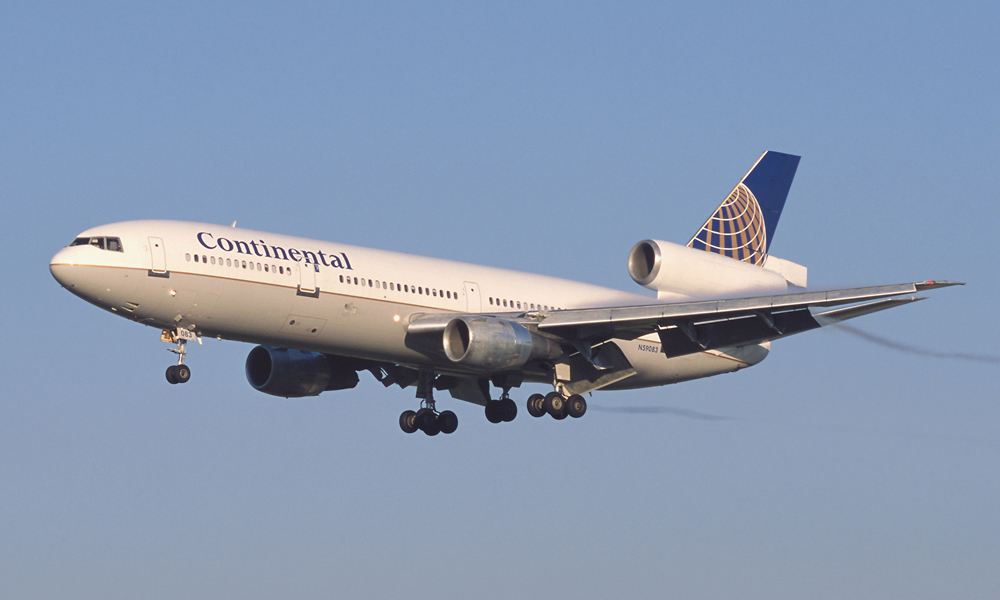
6. Fleet Grounding and FAA Directive
The FAA subsequently grounded all MD-11 and MD-11F planes for immediate inspection, later expanding the directive to include the DC-10 fleet due to similarities in pylon design. Operators must conduct detailed inspections of engine pylons and related structures with accepted practices before returning aircraft to service. The directive has caused some disruptions to cargo flying, with carriers re-routing loads to other fleets and reportedly considering an early retirement for aging tri-jets rather than investing in expensive pylon replacements.
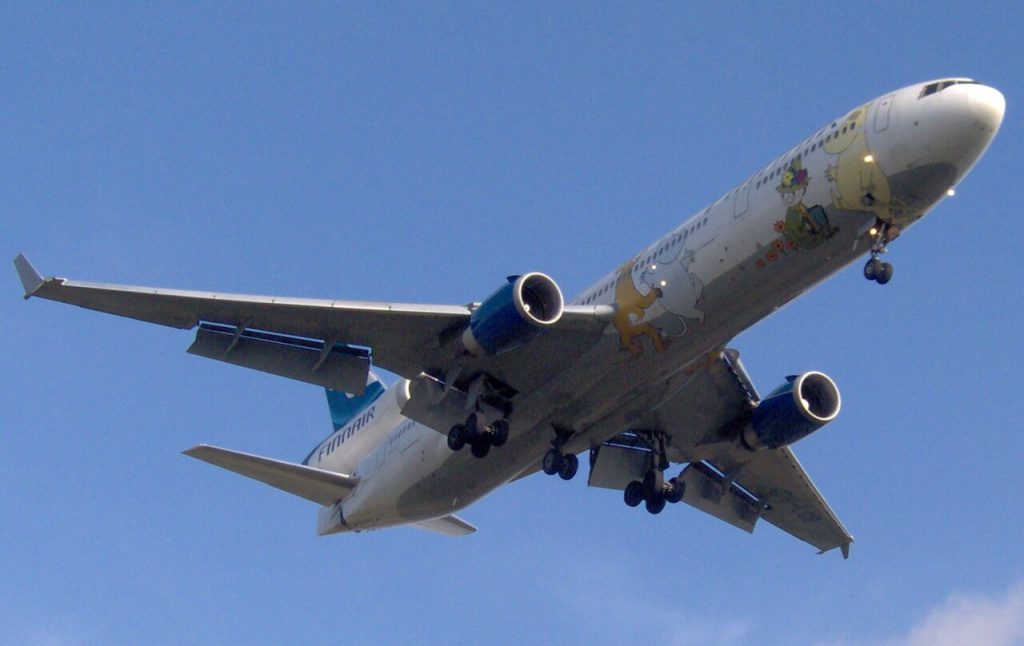
7. Implications for Aging Aircraft
The incident underlines the challenges of keeping widebody freighters flying beyond their original design life: as fatigue accumulates on high-load structures such as the engine mounts, inspection intervals calibrated for a younger airframe may prove insufficient. Most MD-11s and DC-10s fly beyond 30 years of service; both fleets face shrinking parts availability and skyrocketing maintenance costs. Several operators are transitioning to twin-engine widebodies, which eliminate the wing-mounted outboard engine and its pylon, thereby eliminating one critical failure mode.
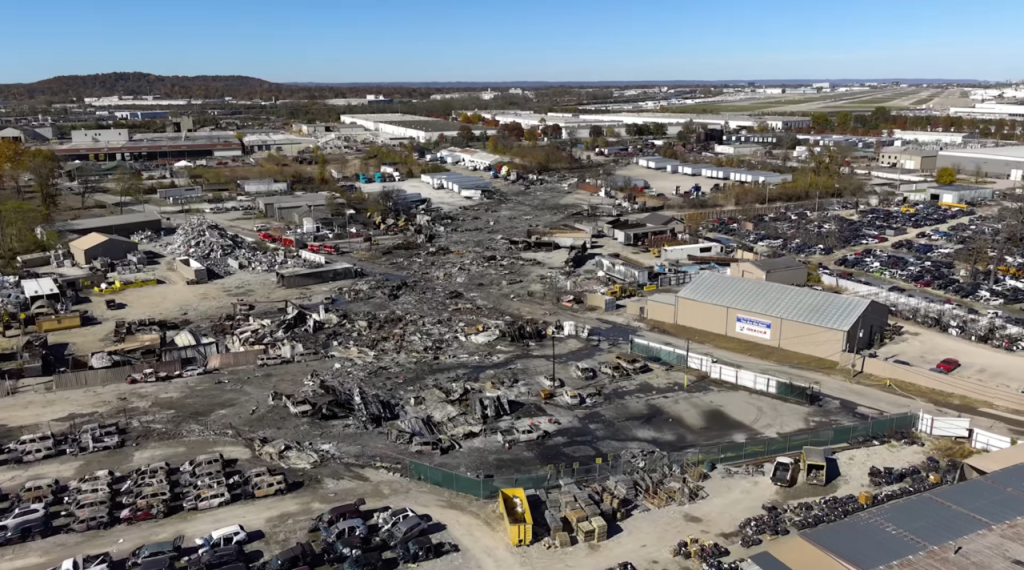
8. Multi-Agency Investigation
The investigative participants include the FAA, UPS, Boeing, GE Aerospace, and the Independent Pilots Association. Groups are looking into structures, systems, powerplants, and human performance. The cockpit voice recorder and flight data recorders have been recovered. More than two hours of audio and 63 hours of flight data are available to investigators.

Probable cause and safety recommendations, but no blame, will be determined when the final report is issued by the NTSB in 18–24 months. The parallels between Louisville’s Flight 2976 and Chicago’s Flight 191 reveal a persistent engineering vulnerability in tri-jet pylon design, one which the accumulation of many years of operational experience and incremental modification does not yet fully eliminate.


